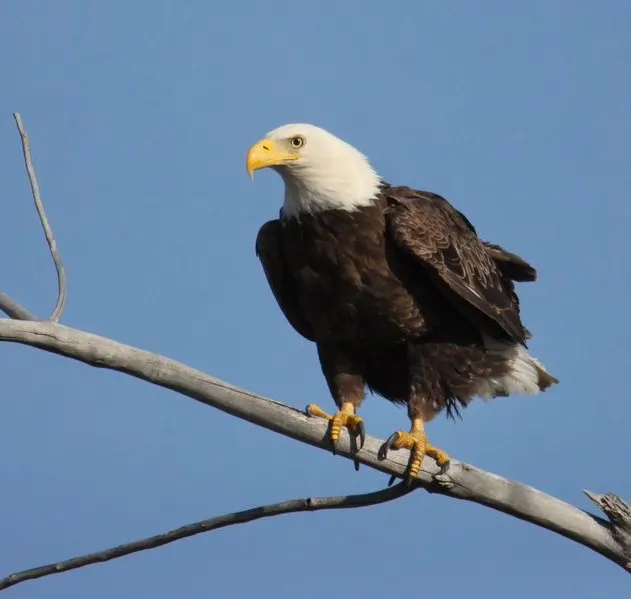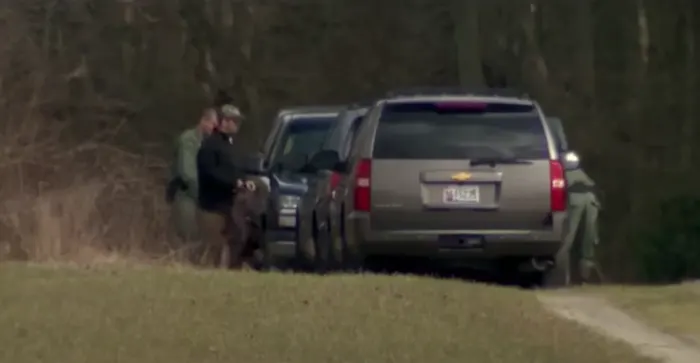When 13 bald eagles are found dead in a field, authorities look into the farmers’ practices to ascertain the cause of death.
The killing of thirteen bald eagles has been largely explained by wildlife experts, but they still don’t know who killed them.
The lethal pesticide carbofuran poisoned the eagles, some of whom were so young that they had not yet developed their white head feathers.

A little bird can be killed by a single granule of the insecticide, according to Cornell Lab of Ornithology. The Environmental Protection Agency outlawed the use of the liquid herbicide on agricultural crops in 2009.
But many still might have old pesticide containers in their sheds, says toxicologist Karyn Bischoff of Cornell University’s Animal Health Diagnostic Center.
Four of the thirteen deceased bald eagles were discovered in February 2016 by a man searching the eastern shore of Maryland for deer antlers. After informing the Maryland Natural Resources Police, he found nine more dead birds at the Federalsburg site during their investigation.

In the course of its six-month investigation into the birds’ deaths, the U.S. Fish and Wildlife Service spoke with more than a dozen nearby landowners and property managers.
Special agent John LaCorte of the Fish and Wildlife Service said, “There was no smoking gun.”
“It’s really annoying,” he expressed to The Washington Post.

The pesticide reportedly killed up to two million birds a year, according to the EPA, and its pellet form was outlawed in the middle of the 1990s. At the time, bald eagles were still considered an endangered species.
According to The Washington Post, producers appear to be using the pesticide—which is prohibited—to kill cattle and animals that consume plants, including marijuana that is cultivated illegally.
When animals ingest the herbicide, Bischoff says, “it’s a pretty ugly way to die.”
According to the CDC, the herbicide can induce vomiting, dizziness, increased salivation, cramping in the muscles, difficulty breathing, and even coma if swallowed or inhaled. According to Bischoff, it can also cause the lungs’ glands to release fluid, causing the animals to “drown in their own fluids.”
Six of the 13 eagles had necropsies, or animal autopsies, conducted by the Fish and Wildlife Service, and a dead raccoon (Procyon lotor) was discovered nearby.
Carbofuran was found in the crops or stomachs of all six birds, and the raccoon also tested positive.
According to LaCorte, there’s a good chance that one of the bald eagles transported the dead raccoon from somewhere else to the Federalsburg farm, where the other birds consumed it.


